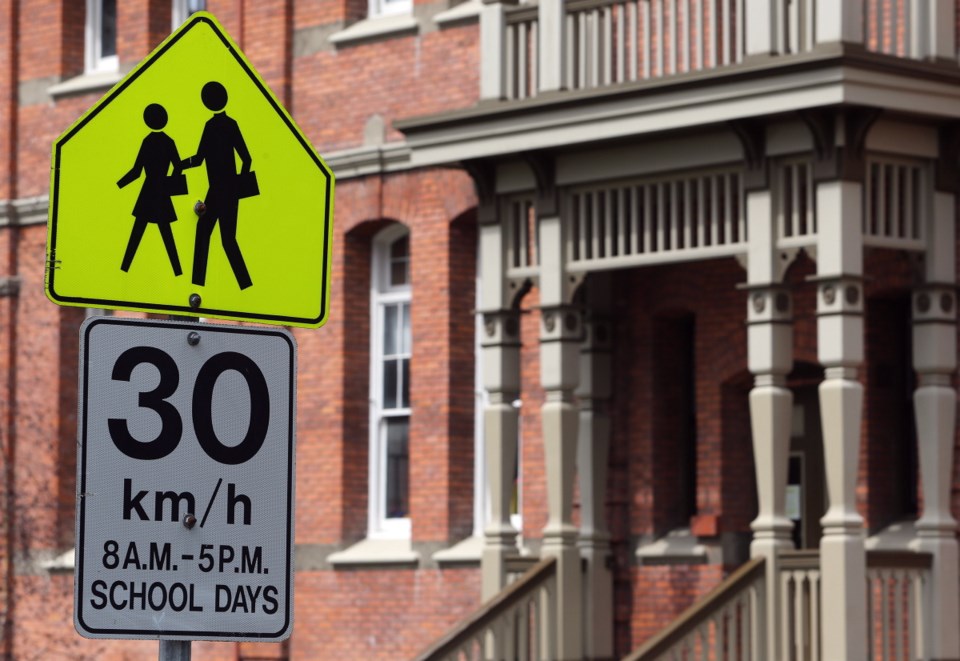A lack of remote-learning options for French-immersion students as schools resume classes amid the COVID-19 pandemic has been frustrating for some B.C. parents, says the executive director of Canadian Parents for French, B.C. & Yukon.
“It’s also very concerning for us as an organization in terms of the accessibility of French immersion in general,” said Glyn Lewis, who acknowledged that distance learning is not the ideal way to learn a language.
“You need to be engaging with your teacher, engaging in conversation with your classmates, engaging with culture,” he said. “Those are the pieces that we really need to think through as we enhance and expand distance learning going forward.”
A lack of French teachers to meet the growing demand for French education doesn’t help, he said.
In the Greater Victoria School District, where about 85 per cent of the 20,000 students have returned to in-person classes, associate superintendent Colin Roberts said concerns have been raised about the fact hybrid or remote learning is available only in English.
With no remote option available to them in French, parents of some of the 4,000 students enrolled in French immersion have opted to have their children learn remotely in English.
Roberts said part of the problem is the low levels of uptake for remote learning. “In most of our schools, most of our elementary schools at least, there’s been enough interest in each school to have perhaps a single class,” he said. “We haven’t had enough uptake for the hybrid model to have two classes, one in French and one in English.”
Tyrell Chatlain, who has three French-immersion children in the district, said he has been told there are resources for French-immersion students online, just not instruction. But that wasn’t mentioned right away, he said.
“Our preference for this was the hybrid model, but we had to send them to school,” said Chatlain, whose children attend Arbutus Middle School, Campus View Elementary and Doncaster Elementary.
Chatlain said he knows of a few other families in similar situations.
Sandra Arthur, a parent volunteer with the Saanich chapter of Canadian Parents for French, said French-immersion students wanting remote learning are being supported by the Saanich School District.
The Saanich district has about 7,100 students, about 89 per cent of whom are back in class. There are 960 students in French immersion, with 70 currently taking French immersion remotely.
Arthur, who has two children in Grade 12 at Stelly’s Secondary doing in-class French immersion, said French-immersion students need to speak the language every day.
“Especially when you’re very young, if you don’t have that percentage of language exposure, then the ability of a child to become bilingual will be much more challenging and difficult.”
Lewis said B.C. has been “really far behind” on distance learning when it comes to French-immersion program availability for several years.
Lewis said the topic has long been raised with the Ministry of Education, most recently with an emphasis on increasing course availability.
The problem of course availability or conflict can be a key factor for students, he said, especially in Grade 12, when particular courses are needed for graduation. Students who need one or two extra courses to complete both high school and French immersion can be left hanging, Lewis said
In smaller centres especially, distance learning could make all the difference, he said.
jwbell@timescolonist.com



